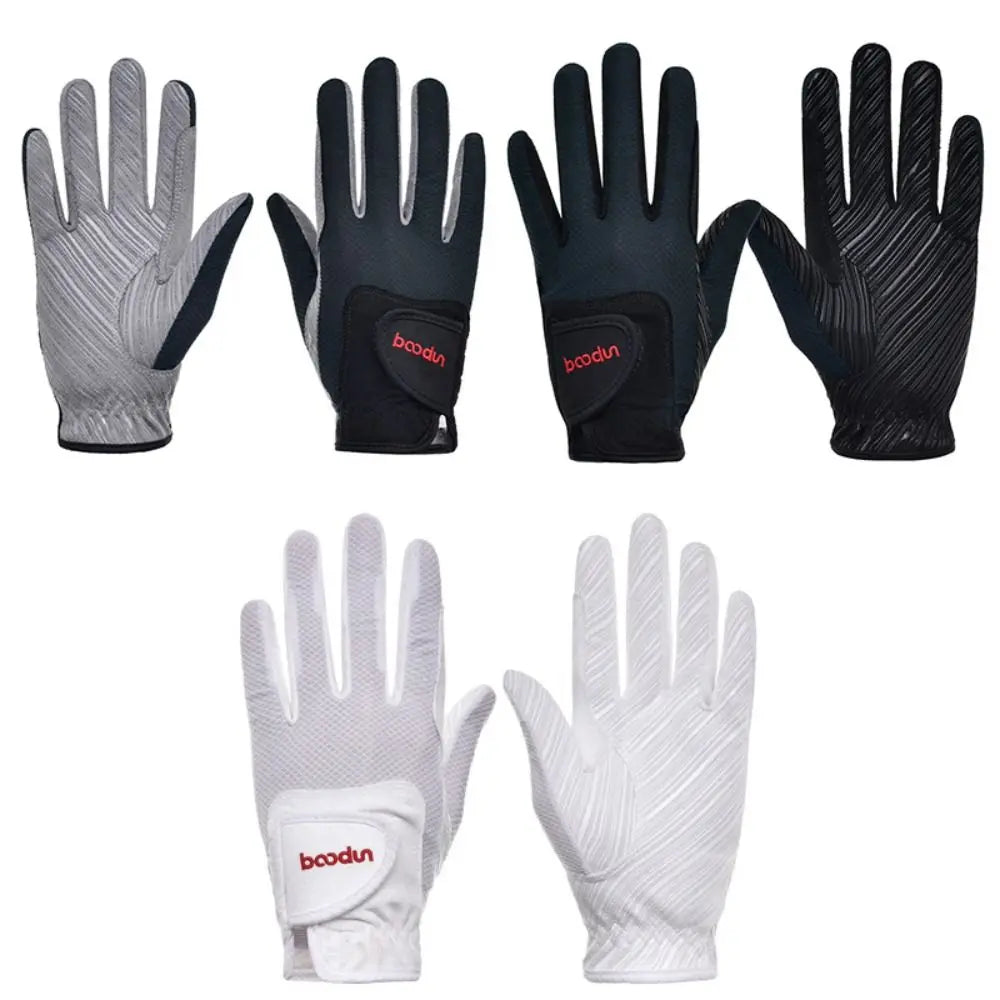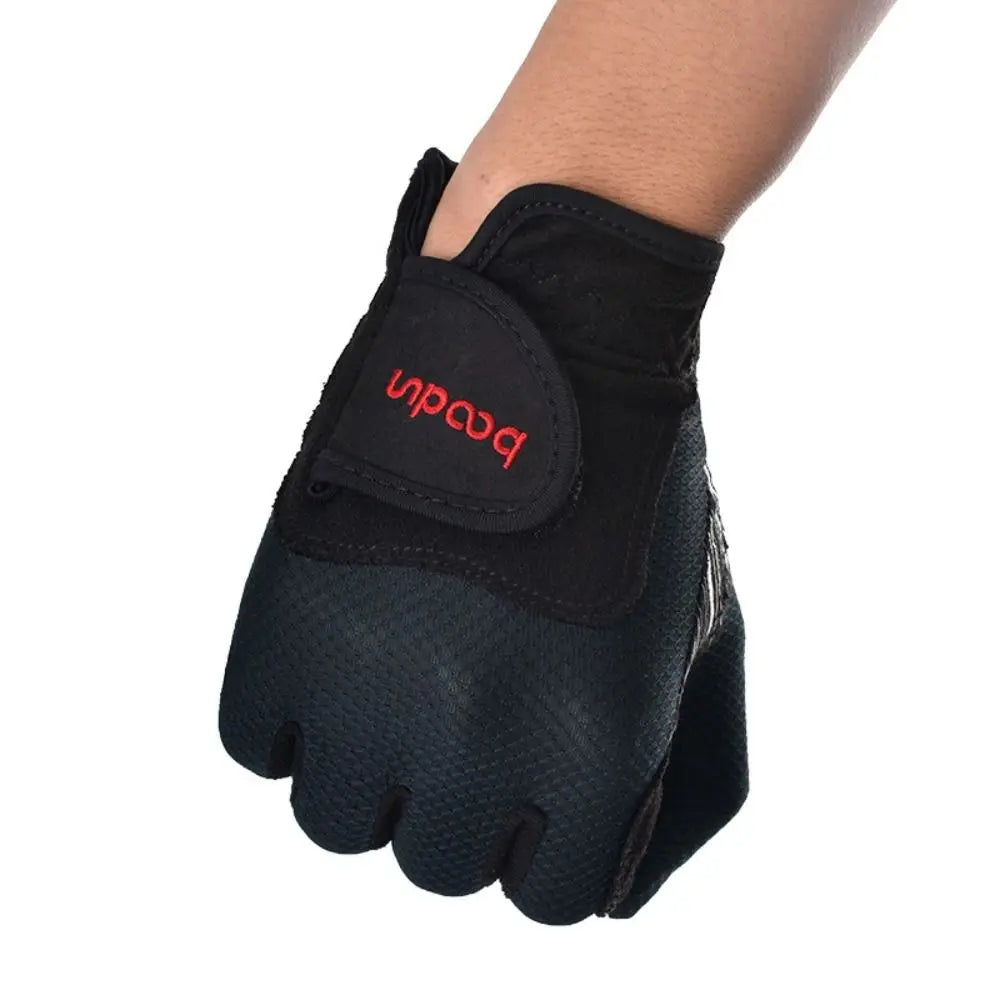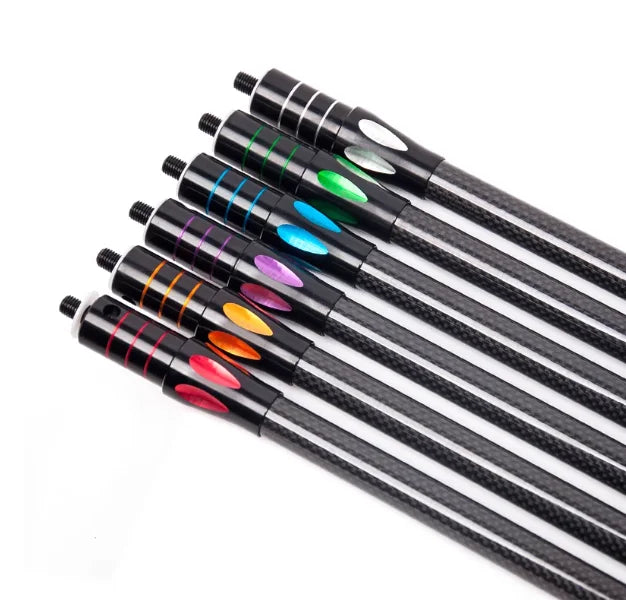Darts is a fun, accessible sport that’s easy to pick up but takes real skill to master. Whether you're setting up a dartboard at home or joining a local league, starting with the right knowledge makes all the difference. In this beginner guide, we’ll cover everything from choosing your first darts to improving your aim and understanding the basics of the game.
Choosing Your First Set of Darts
For new players, it's tempting to go for the flashiest dart set available—but the right dart is the one that feels balanced in your hand. Darts come in a variety of weights, usually ranging from 18g to 26g. Lighter darts tend to fly faster, while heavier darts offer more stability. As a beginner, a mid-range weight around 22g–24g is a good starting point.
Pay attention to the barrel grip—some are smooth, others heavily textured. A moderate grip helps with control without being too aggressive. Brands like Target, Shot, and Winmau offer solid beginner options. And don’t forget about the flight and shaft: standard-shaped flights give more lift, ideal for new throwers.
Setting Up Your Dartboard Correctly
You’ll want to follow official measurements when hanging your board:
-
Board height: 1.73 metres from the floor to the centre (bullseye)
-
Throwing distance: 2.37 metres from the front of the board
Consider mounting your board on a backing surface or dartboard cabinet to protect your walls. For home setups, soft tip boards are a safe, family-friendly option, while bristle (steel tip) boards offer an authentic experience.
Basic Rules and Games to Start With
The most popular darts game is 501, where players subtract points from 501 to zero, finishing on a double. But for beginners, 301, Round the Clock, or even Cricket are great ways to learn scoring and board layout.
Familiarise yourself with scoring zones:
-
Bullseye = 50 points (outer bull = 25)
-
Treble ring (inner thin ring) = 3x score
-
Double ring (outer thin ring) = 2x score
Learning where and why to aim (for example, focusing on the 20 segment) helps sharpen your strategy early on.
BTips for Improving Your Throw
Start with a relaxed grip and keep your elbow steady. A smooth, consistent motion matters more than power. Practise throwing 30 minutes a day with a focus on form rather than score. Track your progress over time—many beginners see accuracy improve within weeks.
Avoid common mistakes like:
-
Flicking your wrist too much
-
Leaning too far forward
-
Changing your grip or stance too often
Once you're comfortable, you can start experimenting with different dart weights or flights to fine-tune your setup.
Summary
Getting into darts is easy, fun, and affordable. Choose a well-balanced set of darts, set up your board correctly, learn the scoring basics, and practise with consistency. With the right habits, your accuracy will improve quickly—and who knows, you might find yourself ready for your local darts league sooner than you think.












